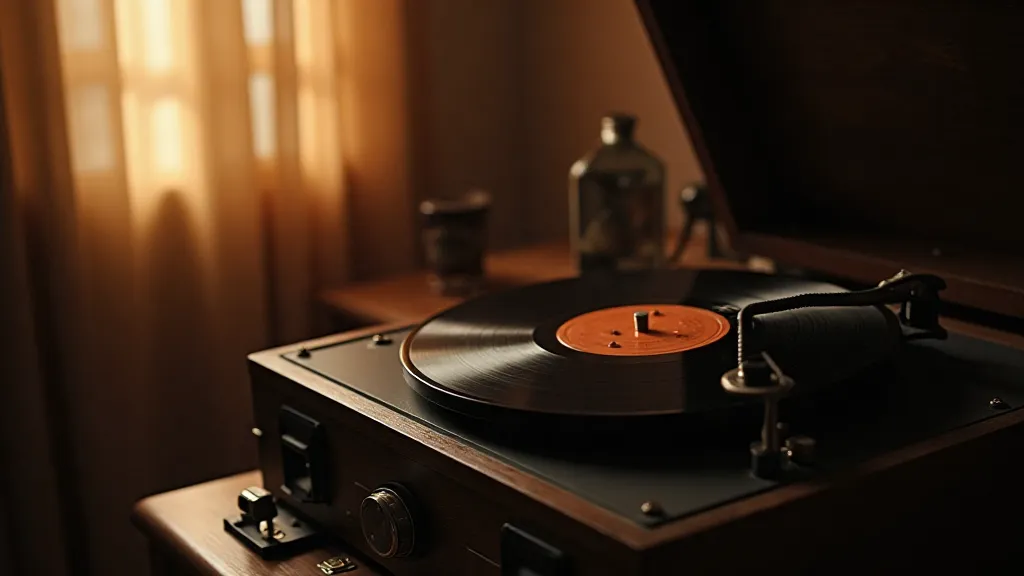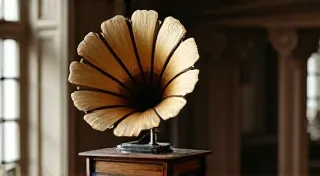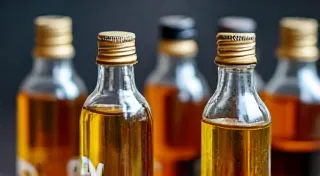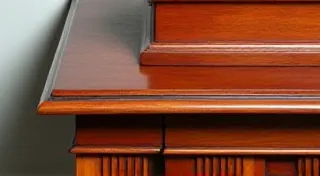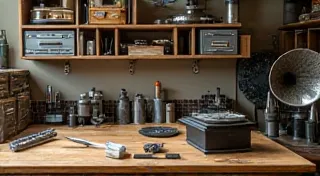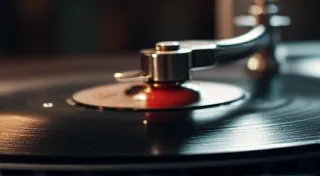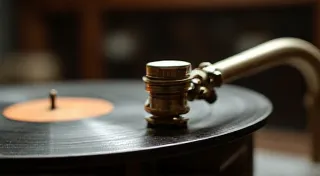Collecting Antique Phonograph Records: A Guide for Beginners
The allure of antique phonographs isn't just in the machines themselves; it's also in the incredible collection of records they play. For newcomers to the world of antique phonographs, the prospect of collecting these historical discs can seem daunting. This guide provides a beginner-friendly introduction to collecting antique phonograph records, covering grading, preservation, and how to spot potentially rare finds.
Understanding Record Formats
Before diving in, it’s crucial to understand the different record formats used with antique phonographs. The most common are:
- 78 RPM Records: These are the workhorses of the early 20th century, typically made of shellac. Sizes range from 10-inch to 12-inch. They’re the most readily available and often the most affordable to acquire.
- 45 RPM Records: While less common with very antique machines, some later models accommodate 45s. These are generally smaller and feature a larger center hole.
- 7-inch and 10-inch Records: These smaller formats were popular in the early days, often designed for portable phonographs.
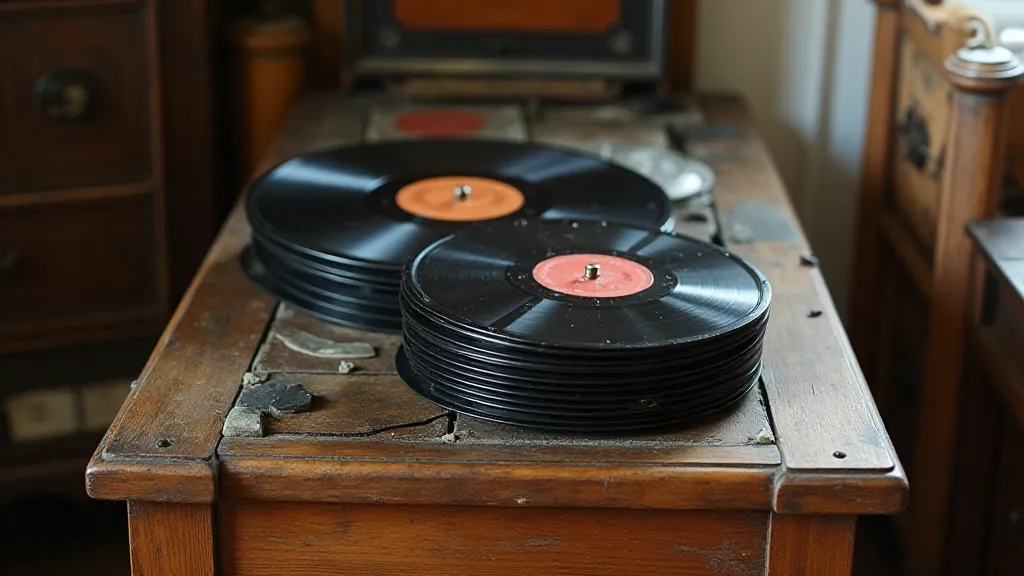
Grading Antique Phonograph Records
Grading a record's condition is critical for determining its value and playability. The standard grading system uses a numerical scale, with "Mint" being the best and "Poor" being the worst. Here's a simplified breakdown:
- Mint (M): Absolutely perfect. Extremely rare for vintage records.
- Near Mint (NM or M-): Virtually flawless. May have been played once or twice.
- Very Good Plus (VG+): Shows some signs of wear, such as light scratches or surface noise, but still plays well.
- Very Good (VG): Noticeable surface noise and scratches, but still plays through without skipping.
- Good (G or Fair (F)): Significant wear and noise. Playability may be compromised.
- Poor (P): Heavily damaged, with potential for skipping or inability to play.
It’s important to remember that grading is subjective. Online descriptions often exaggerate condition, so exercise caution and ask for more details if needed.
Preserving Your Record Collection
Proper storage is essential to prevent further deterioration. Here are a few tips:
- Store Vertically: Like books, records should be stored upright to prevent warping.
- Use Protective Sleeves: Invest in acid-free inner sleeves and outer jackets to shield records from dust and scratches.
- Control Environment: Store records in a cool, dry place away from direct sunlight and extreme temperatures. Humidity is a major enemy.
- Handle with Care: Always handle records by the edges to avoid fingerprints and scratches.
Identifying Rare Finds
The thrill of the hunt is a big part of collecting. Here's what to look for:
- First Pressings: These are the original releases, often more valuable than later reissues.
- Limited Editions: Records released in small quantities or as promotional items can be highly sought after.
- Unique Labels: Variations in label design, artist name, or release date can indicate rarity.
- Uncommon Artists/Genres: Records by lesser-known artists or in niche genres can become collectible.
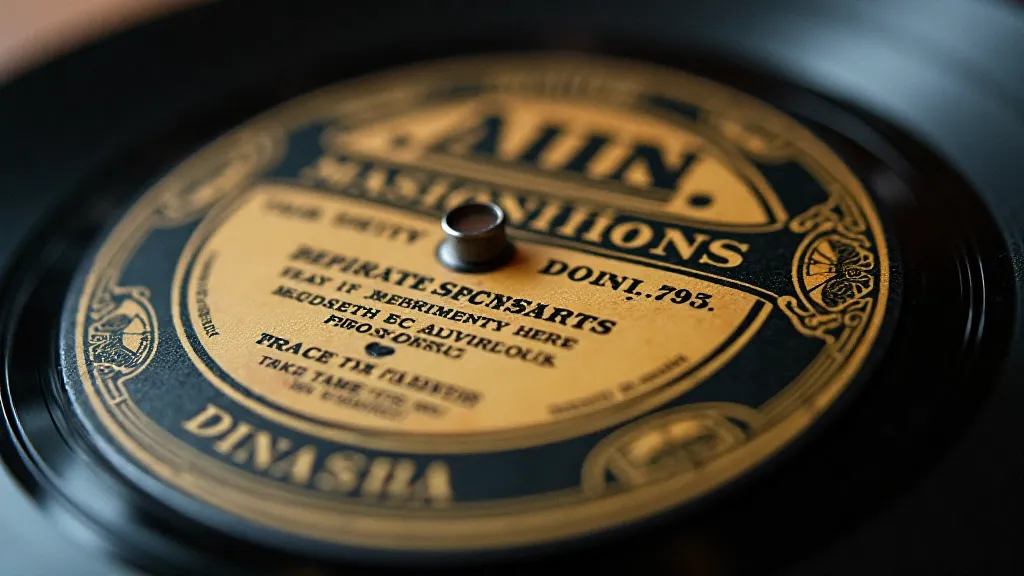
Resources for Beginners
Several online communities and resources can help you expand your knowledge and connect with other collectors. Some useful starting points include:
- Discogs: A comprehensive online database of records, providing information on releases, labels, and values.
- Record Collector Forums: Online forums dedicated to record collecting, where you can ask questions and share your passion.
Final Thoughts
Collecting antique phonograph records is a rewarding hobby that combines history, music, and the thrill of discovery. With a little knowledge and patience, you can build a collection that brings joy for years to come. Don't be afraid to ask questions, handle records with care, and most importantly, enjoy the music!
